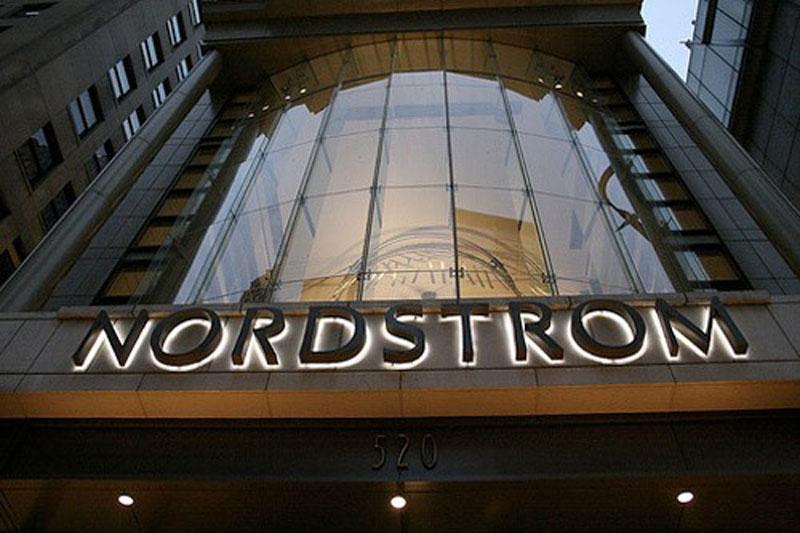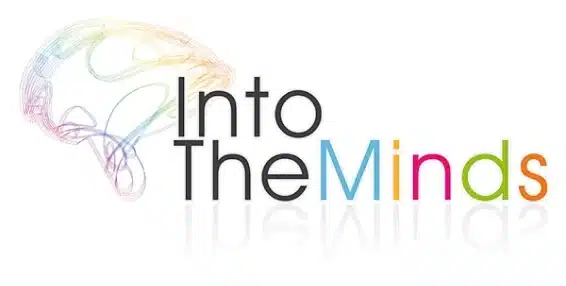Marketing mix : people
The marketing mix would not be complete without mentioning the human aspects. When we moved from transactional marketing, which prevailed in the 1970s, to relationship marketing in the 1980s, McCarty’s 4P model had to be revised. We then moved on to the 7P model under the impetus of Booms and Bitner in 1980.
For a general overview of the history and development of the marketing mix, visit our guide.
Marketing Mix: the 4 aspects of the P of “People”
- Human aspects related to service quality
- Integration of the company’s values by the employees
- Interactions between customers
- Interactions between customers and employees

Human aspects related to service quality
Questions to ask: What role does the company give to its employees in customer service? How does the human factor influence the quality of service?
Examples: Lush sells “fresh” cosmetics through a network of single-brand stores. Its employees are chosen for their human qualities. Their enthusiasm and empathy contribute to the creation of a unique customer experience.
In Apple stores, employees are trained to help customers solve their problems. They are identifiable thanks to their blue or red shirts (see the marketing mix chapter on the physical environment).
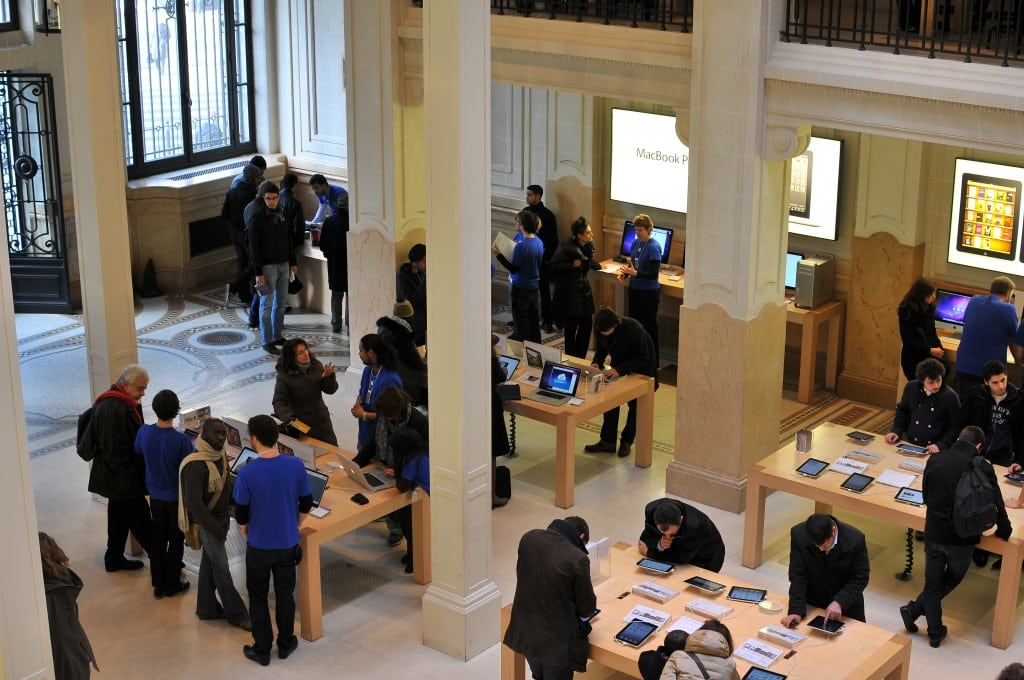
Integration of the company’s values by the employees
Questions to ask: What are the company’s values, and how do employees embody them?
Examples: CSR policies are currently integrated into the strategy of many companies. They are part of their values. These values may remain at conceptual levels, or they may be passed on to employees to embed them.
Sports values can be at the heart of the marketing mix of some brands. In some cases, they are lived intensely by employees. The Raidlight company produces equipment for trail running. Its employees are chosen for their passion for this discipline. They embody the values of the brand.
It is the same for Southwest Airlines, whose employees perpetuate this low-cost airline’s “offbeat” marketing positioning. Watch the video below to see for yourself.
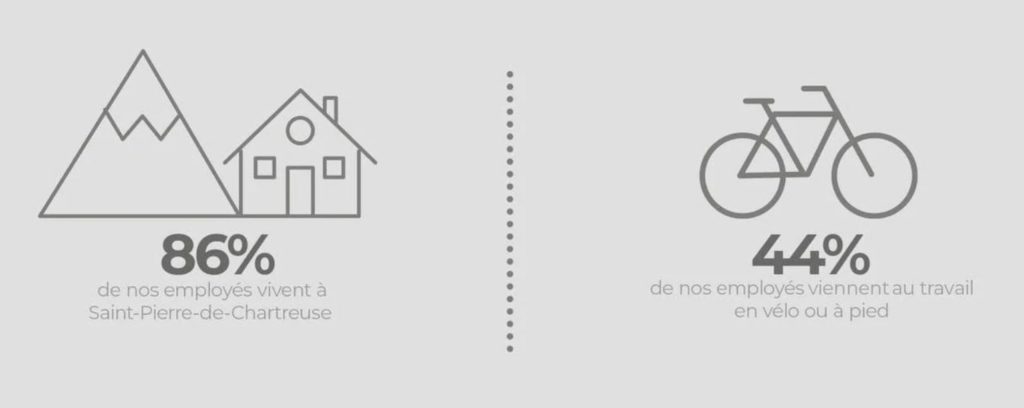
Credits: Raidlight web site.
Interactions between customers
Questions to ask: Are there interactions between clients? In what form(s) do they take place? Does the company simplify customer relationships or decrease them?
Examples: Online sales websites allow customers to rate products and other customers to react to these ratings and ask other customers questions.
Some companies promote customers based on their level of product knowledge. It is not uncommon to have “ambassador” customers who answer questions from other users on a forum in the software industry.
Other companies are going even further by encouraging interaction between customers. For example, Hollister (a medical equipment manufacturer) has created its Vivre+ network, which enables users of its products to meet each other during activities organized by the company. These activities are a way to strengthen the ties between customers and the company (loyalty) and lead to the dissemination of good practices between patients.
Starbucks had launched a co-creation platform (MyStarbucksIdea) that allowed customers to express their ideas and exchange them.
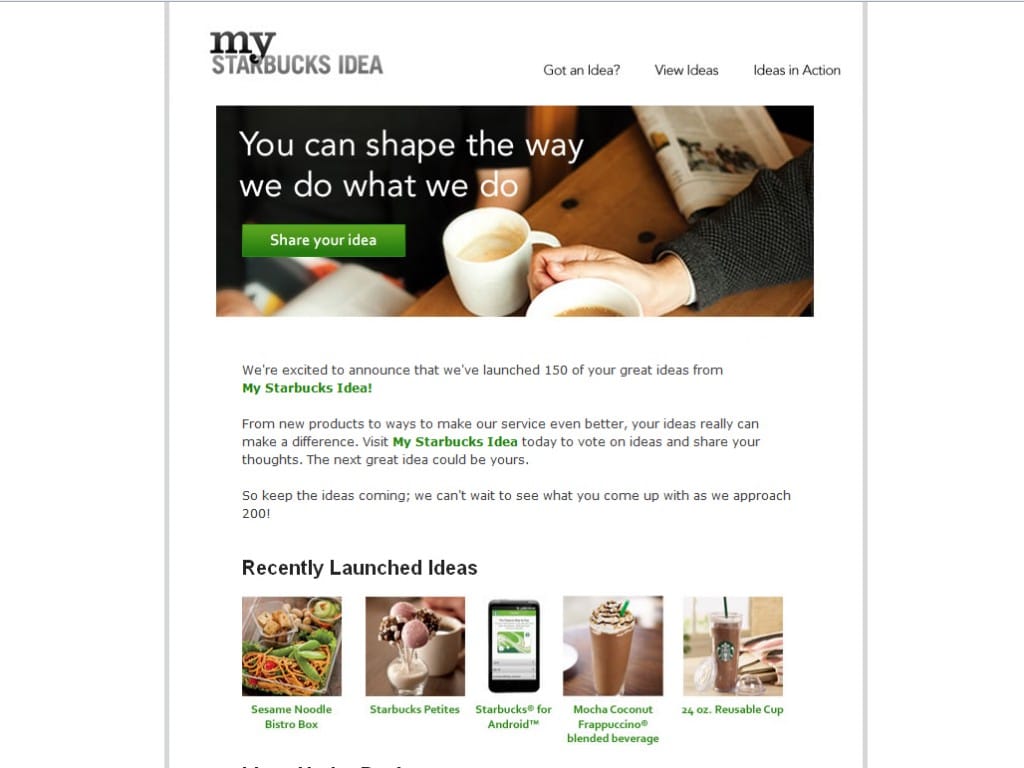
Interactions between customers and employees
Questions to ask: How are interactions between customers and employees handled? Do employees have the flexibility to satisfy the customer if there is a problem? Are there specific procedures that must be followed when interacting with a customer?
Examples: In some industries, in some countries, customer-employee interactions are highly codified. In Japan, for example, interaction in certain high-end stores is the subject of a particular ritual.
In the restaurant industry, interactions also often follow precise procedures. These procedures are designed to maintain a distance from the customer to show respect.
Nordstrom store employees have the flexibility to deviate from these procedures to satisfy customers.
